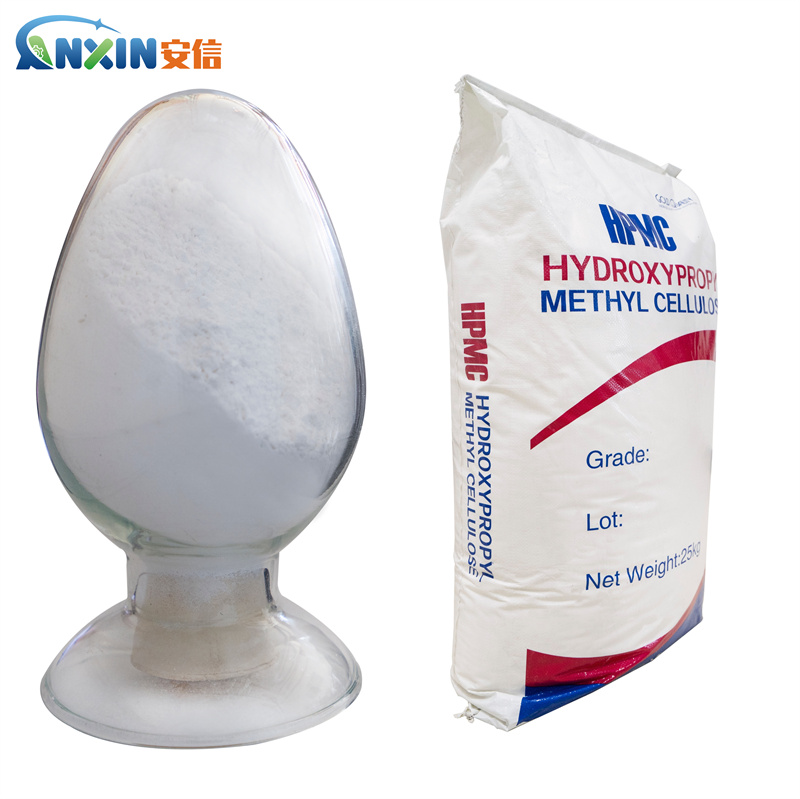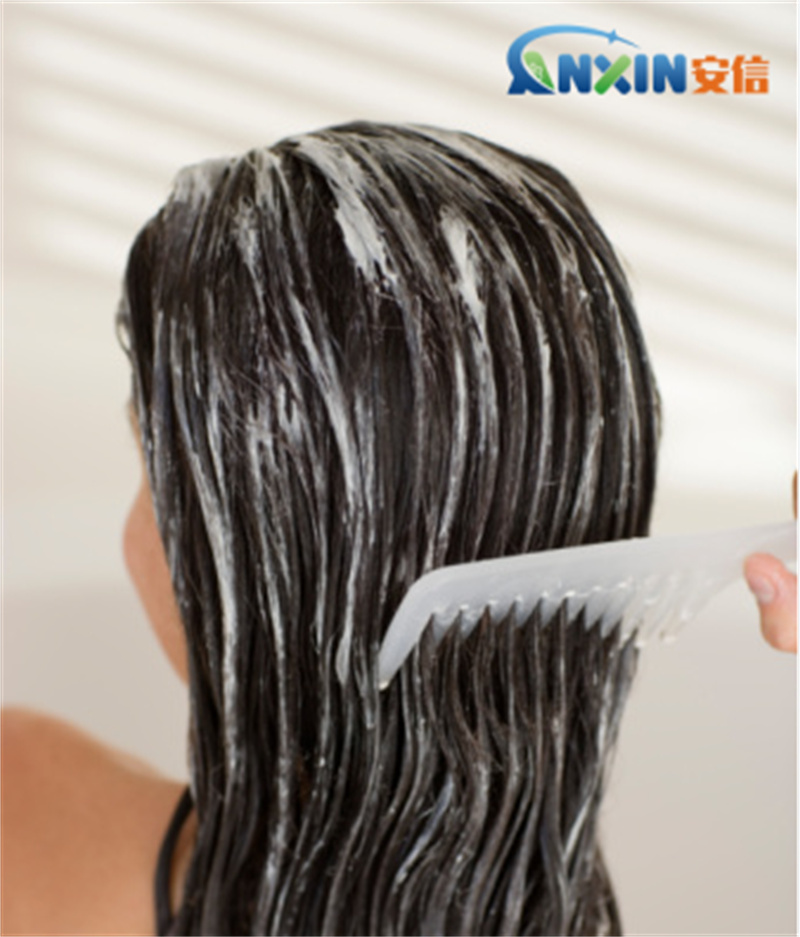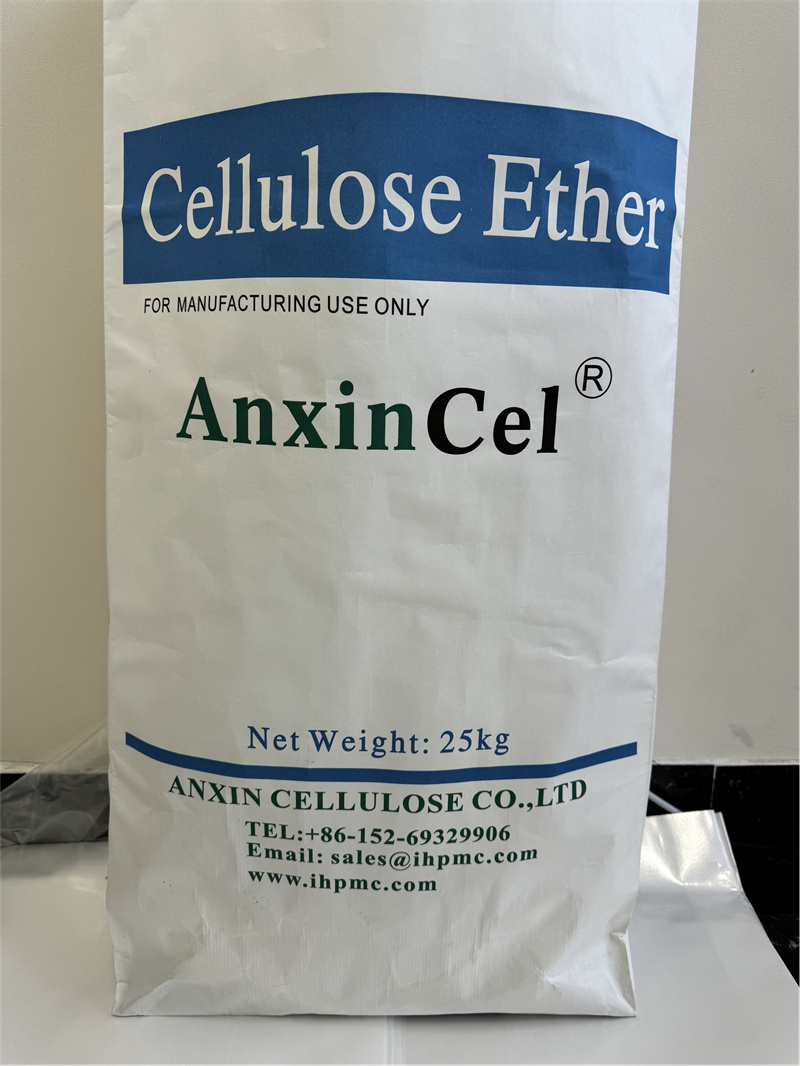Hydroxypropyl Methylcellulose (HPMC) is a semi-synthetic cellulose derivative widely used in pharmaceutical, food, construction and cosmetics. In shampoo formula, HPMC, as a multifunctional additive, mainly plays the role of thickening, film-forming, moisturizing, stabilizing the formula and improving the user experience.
1. Thickening and rheological regulation: optimizing the texture and feel of shampoo
The viscosity of shampoo directly affects the consumer’s experience. If the texture is too thin, it may cause excessive pouring or uneven distribution; if it is too viscous, it is difficult to apply evenly. HPMC is a water-soluble polymer. After its molecular chain stretches in water, it forms a three-dimensional network structure, which significantly increases the viscosity of the system through physical entanglement and hydrogen bonding.

Accurately control viscosity
The thickening effect of HPMC is closely related to the degree of substitution (the ratio of hydroxypropyl and methoxy groups), molecular weight and solution concentration. For example, highly substituted HPMC (such as HPMC K100M) can provide stronger thickening ability, while low-viscosity models (such as HPMC E5) are suitable for slight thickening needs. Formulators can flexibly choose models according to the target texture (gel, emulsion, etc.).
Shear thinning properties
When consumers squeeze the bottle, the viscosity of HPMC-thickened shampoo temporarily decreases under the action of shear force, making it easier to pour; after standing, it restores its original viscosity to avoid stratification during storage. This “thixotropy” optimizes ease of use.
2. Film formation and hair care: Building a protective barrier for hair
The film-forming property of HPMC is its core advantage that distinguishes it from ordinary thickeners. The hydroxyl and ether bonds in its molecules can form hydrogen bonds with hair keratin to form a transparent, flexible film on the surface of hair.
Reduce mechanical damage
During the shampooing process, hair scales are prone to curling due to friction. HPMC film can smooth the hair scales and reduce the friction coefficient during combing (studies show that it can reduce friction by about 30%), thereby reducing hair breakage and static electricity.
Color lock and gloss enhancement
For people who dye their hair, HPMC film can delay the loss of pigment molecules and prolong the durability of hair color. At the same time, the uniform film layer can enhance light reflection and make the hair present a natural gloss. Experiments show that adding 1% HPMC to shampoo can increase the surface reflectivity of hair by 15%-20%.
3. Moisturizing and conditioning: Maintaining hair hydration balance
The water content of healthy hair is about 10%-15%. The moisturizing mechanism of HPMC includes two aspects:

Hygroscopicity
The hydrophilic groups (-OH, -OCH3) in the molecule can bind to moisture in the environment. Under 60% humidity conditions, the equilibrium moisture absorption of HPMC can reach 12%-15%, helping the hair to maintain moderate moisture.
Sealing
The film formed can reduce water evaporation. After testing, after using shampoo containing HPMC, the water loss rate of hair in a dry environment for 8 hours is reduced by about 25%.
4. Formula stability: “Structural engineer” of multiphase system
Modern shampoos are mostly complex systems containing silicone oil, plant extracts, and suspended particles (such as anti-dandruff agent ZPT). HPMC enhances stability through the following mechanisms:
Suspension dispersion
The network structure can carry particles with higher density (such as ZPT density ≈ 1.8 g/cm³) to prevent sedimentation. Adding 0.5% HPMC can extend the suspension stability of ZPT from 3 days to more than 6 months.
Emulsification assistance
Cooperate with surfactants to reduce oil-water interfacial tension and improve the emulsification efficiency of hydrophobic components such as silicone oil. Studies have shown that HPMC can reduce the particle size distribution of emulsions from 5-50μm to 1-10μm.

5. Mildness and safety: sensitive scalp-friendly ingredients
Compared with traditional thickeners (such as acrylic polymers), HPMC has significant advantages:
Non-ionic: no charge conflict with anionic surfactants (such as SLES)
Wide pH tolerance: stable in the pH range of 3-11, suitable for different formulation systems
High biocompatibility: OECD test, its skin irritation score is 0 (non-irritating), eye irritation index is 1.2 (below the limit of 3.0)
6. Application examples and innovation trends
Silicone-free formula: HPMC and cationic guar gum are compounded to replace silicone oil to provide smoothness. For example, a certain brand of “0 silicone oil” shampoo uses 1.2% HPMC + 0.5% guar gum C-14S, and the combing force is reduced by 42%.
Active delivery: Utilize the temperature-sensitive properties of HPMC (low critical solution temperature is about 60°C) to develop smart shampoo products that can release hair care ingredients at body temperature.
HPMC achieves a balance between functionality and safety in shampoo. Its value is not only reflected in the optimization of basic performance, but also provides the possibility for formula innovation. As consumers’ demand for “clean beauty” and transparency of efficacy increases, this naturally derived ingredient will continue to play a key role. In the future, the development of zwitterionic HPMC derivatives through chemical modification may become a new direction to enhance its compatibility and functionality.
Post time: Apr-16-2025